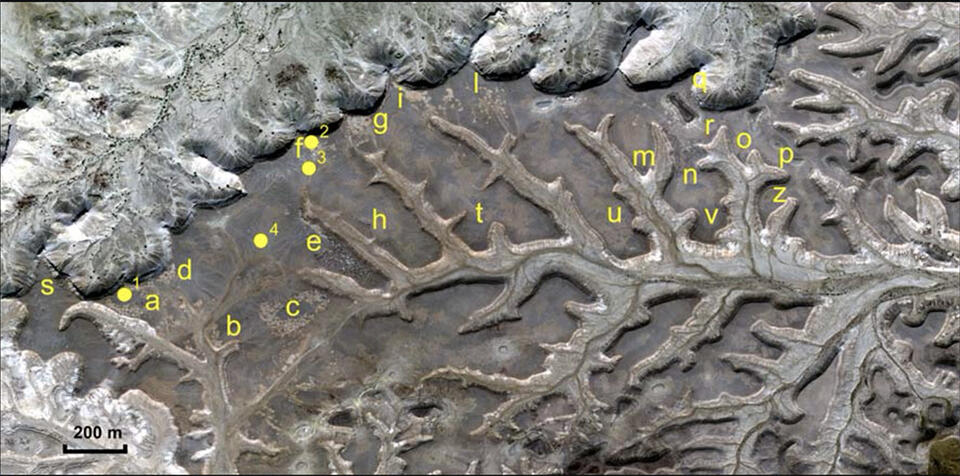"Little or no attention has ever been paid to lithics [stone tools and other chipped stone artifacts] by many archaeologists, for many reasons, among which are the recovery techniques adopted in large scale excavations, or the interest that more attractive finds or structures always spark," write the authors of this comparative paper (p. 427). Their goal is to set the record straight by looking at the puzzling fact that flint (and in Georgia, obsidian, a lava-generated sharp glass tone) knapping (shaping to manufacture stone tools) played a big role in both Indus and Caucasus Bronze Age civilizations (and earlier), with serious deposits and activities to extract and work stone in both areas from at least 3000 BCE onwards. To what purpose? Archaeologists often assume that metals like bronze replaced the need for stone tools, but is this really the case given the evidence in these two areas not to mention select Mediterranean regions? In the Indus region, what was the use of these tools given their limited presence in Mohenjo-daro and Harappa? ("It is important to remark once more that the Indus urban centres yielded little evidence of the way chert blades were employed," p. 423.)
By comparing the discoveries at Rohri in Upper Sindh and in the very different climactic Caucasus region, the authors who have worked extensively in both regions do not answer these questions, but pose them afresh with recent evidence and point to ways that our knowledge of Bronze Age civilizations and their political and economic structures may still be inadequate given the volume of activity at these sites.
For the Indus in particular, they ask: "The new data show that some of the opinions expressed in the 1980s, when the research in the Rohri Hills mines had not yet begun, are no longer tenable. For example, can we say now “that production centers for chipped stone existed, but we suspect that stone as a production medium was less conductive to the development of specialization that was copper-bronze”? Can we now state “that the introduction of copper-bronze should result in the reduction in the frequency and functional variability of stone tools” (Cleland 1987: 110)? Moreover, can we consider chert, or obsidian, in the cases presented above, a low-cost material or material employed to produce different types of low-cost items (Vidale, Miller 2000: 120)? What was the real production cost of chert mining also in terms of human lives? What was the social dimension of such an important activity? Was it seasonal, as the local climatic condition would suggest (Seth 1978), or an all-year-round production? Did it imply some kind of authoritative structure (p. 422)?
Image: Shadee Shaheed Hills: Distribution map of the most important mining fields (a — z) with the location of the ex- cavated mine pits RH-862 (1) and RH-59 (2), and workshops RH-58 (3) and RH-480 (4). Note the distribution of groups of mines oſten at the edge of the mesas and the great difference between the C-shaped group C and the triangular group E that show probable different exploitation strategies. Note also as already 20 years ago the whole area was devastated by stone surface collecting and limestone quarrying. The mining area represented in the satellite image covers ca 80 ha (drawing by P. Biagi).

